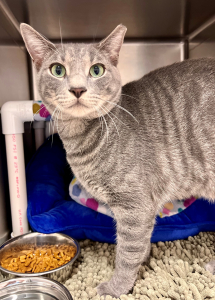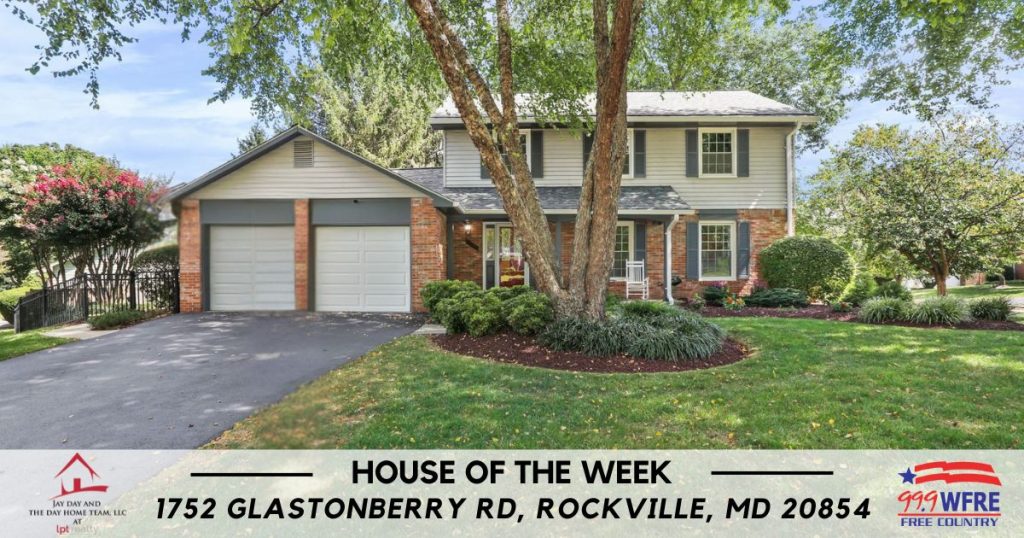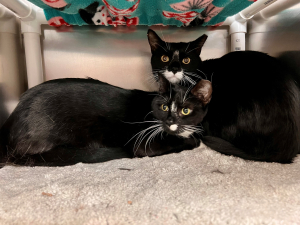
House of the Week!
11715 Clyde Young Rd | Woodsboro, MD | $575,000
Dreaming of your own mini farm or homestead? This 1800s home on 3.7 acres has it all 

 Buyer Highlights:
Buyer Highlights:
 2 finished levels + unfinished basement & attic
2 finished levels + unfinished basement & attic Updated bathrooms + fully renovated kitchen
Updated bathrooms + fully renovated kitchen New HVAC system + move-in ready comfort
New HVAC system + move-in ready comfort Barn w/ 2 stalls, feed room & run-in shed
Barn w/ 2 stalls, feed room & run-in shed Chicken coop, fenced pasture, electric & water to outbuildings
Chicken coop, fenced pasture, electric & water to outbuildings 2,400 sq ft pole barn, summer kitchen w/ wood stove, garden shed
2,400 sq ft pole barn, summer kitchen w/ wood stove, garden shed Raised garden beds + Broad Creek access for fishing
Raised garden beds + Broad Creek access for fishing Room to roam, relax, or start your dream homestead!
Room to roam, relax, or start your dream homestead!
 Peaceful location with privacy, yet convenient to everything!
Peaceful location with privacy, yet convenient to everything!
 Click for full details or schedule your private tour today!
Click for full details or schedule your private tour today!



 $575,000
$575,000 Open House: Sunday 9/14 | 2–4 PM
Open House: Sunday 9/14 | 2–4 PM

 This move-in ready home has the upgrades, space, and location you’ve been waiting for!
This move-in ready home has the upgrades, space, and location you’ve been waiting for!

 4 spacious bedrooms | 3.5 baths
4 spacious bedrooms | 3.5 baths Gourmet kitchen w/ island & upgraded countertops
Gourmet kitchen w/ island & upgraded countertops Cozy family room with wood-burning fireplace
Cozy family room with wood-burning fireplace Partially finished basement = flexible bonus space
Partially finished basement = flexible bonus space 2-car garage + extra driveway parking
2-car garage + extra driveway parking

 —where comfort meets community!
—where comfort meets community! 3 spacious bedrooms |
3 spacious bedrooms |  Gourmet kitchen w/ island & upgraded countertops
Gourmet kitchen w/ island & upgraded countertops Open layout perfect for entertaining
Open layout perfect for entertaining Community Perks:
Community Perks: Pool, tennis courts, walking trails & more!
Pool, tennis courts, walking trails & more!